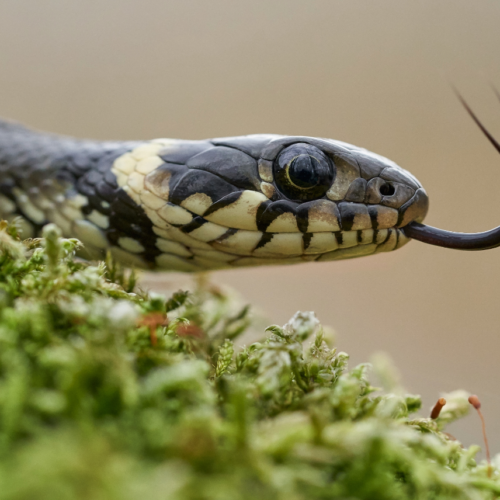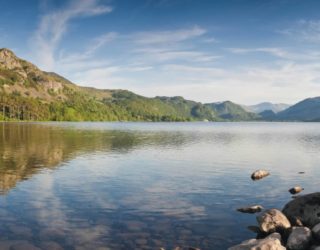The Thames was declared ‘dead’ in the 1950s due to the high levels of pollution and sewage entering the water, preventing any life remaining there.
Fast forward 70 years and we have made leaps and bounds in improving the water quality in this visible, but hidden environment. Thousands of people walk alongside, or over, the Thames every day, but how many of them realise that within the murky waters is a thriving ecosystem?
Thanks to ongoing efforts to clean up the Thames, and prevent further contamination from entering the estuarine system, European eels have returned. So have salmon, smelt and, in the outer estuary, herring. For the keen animal spotters there are also regular sightings of marine mammals in the Thames, as far up river as Teddington Lock, with porpoises, dolphins and seals making the most of this new abundance of fish.
Colonies of seals have made sandbanks in the outer estuary, near to Southend on the Essex coast, a regular haul-out site between foraging for food.
In all of the projects we in the marine team work on at Thomson, we strive to do our bit in conserving and improving the marine environment within the Thames, and all around the UK, so that the likelihood of seeing these mesmerising creatures carries on increasing for generations to come.











